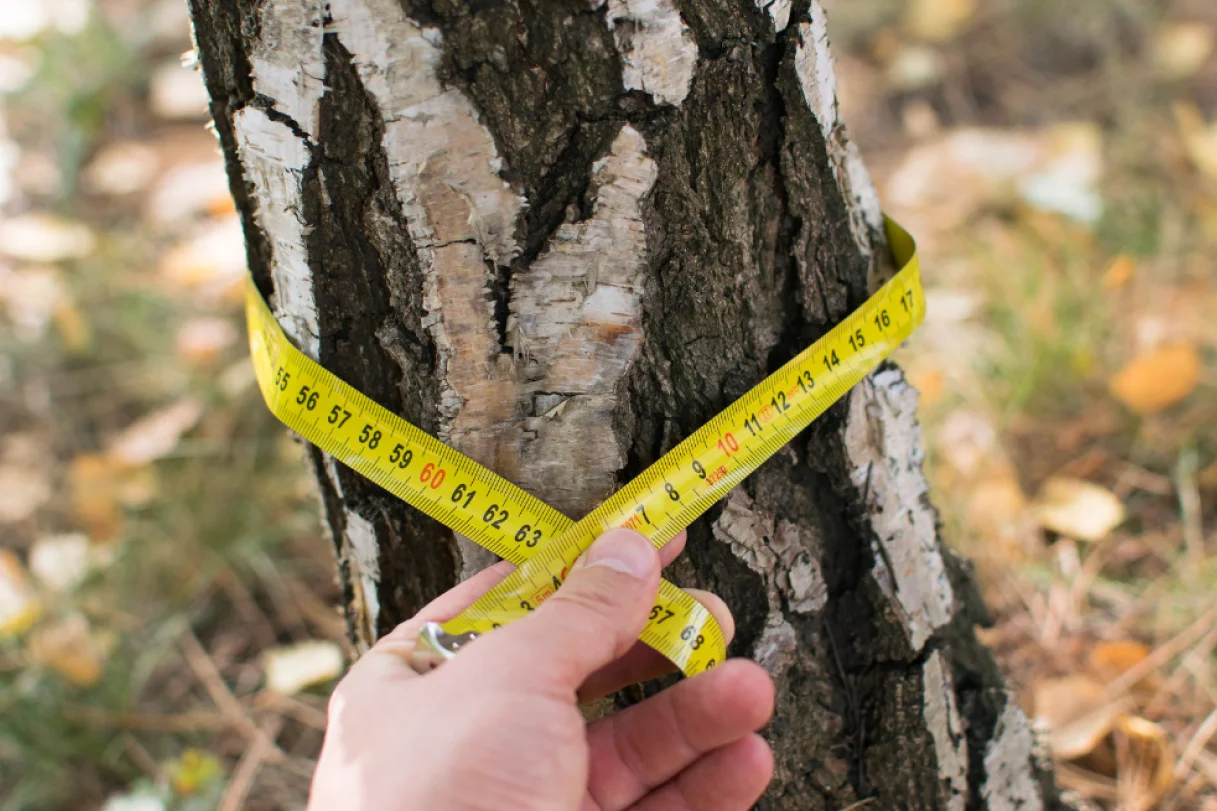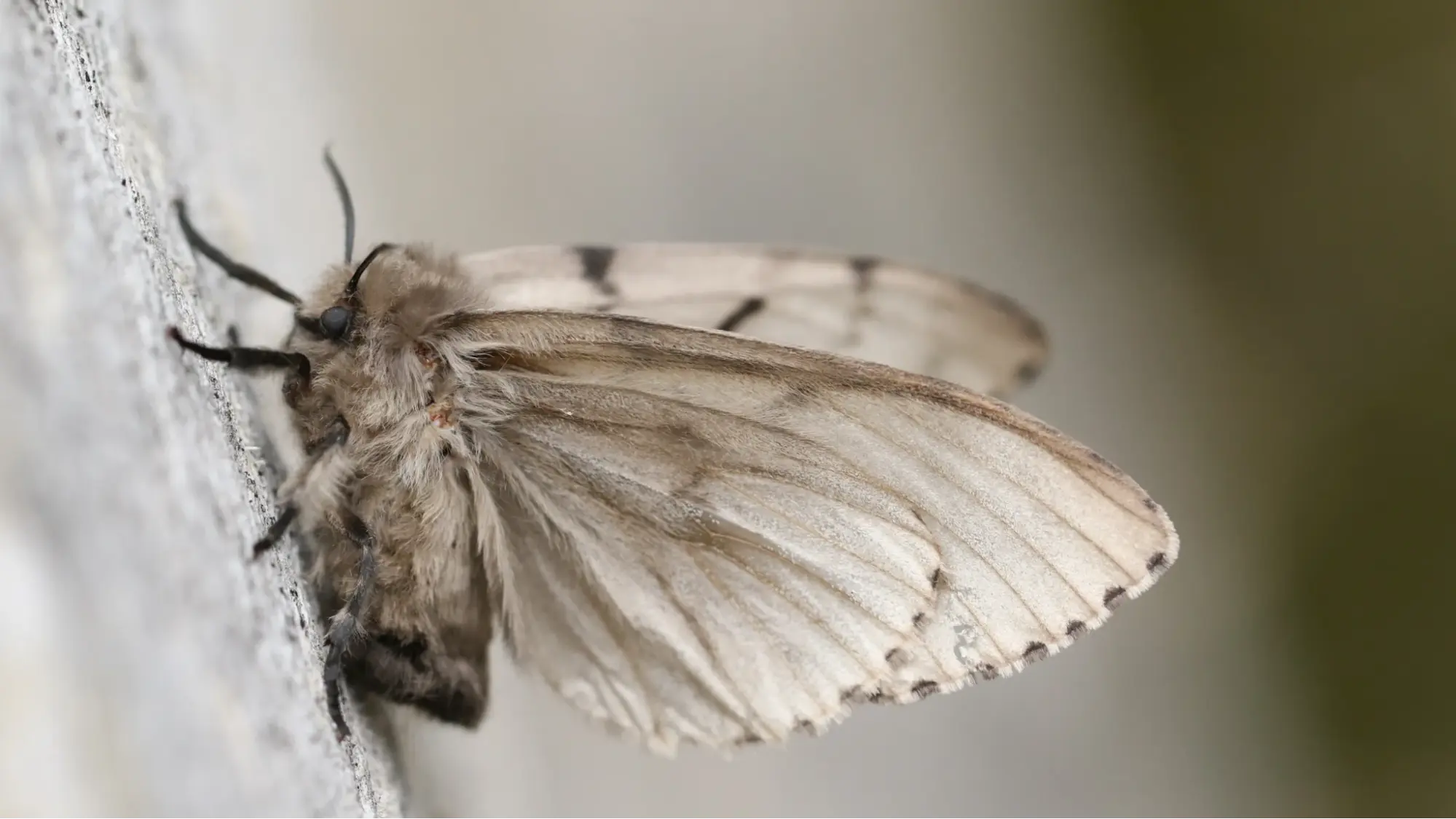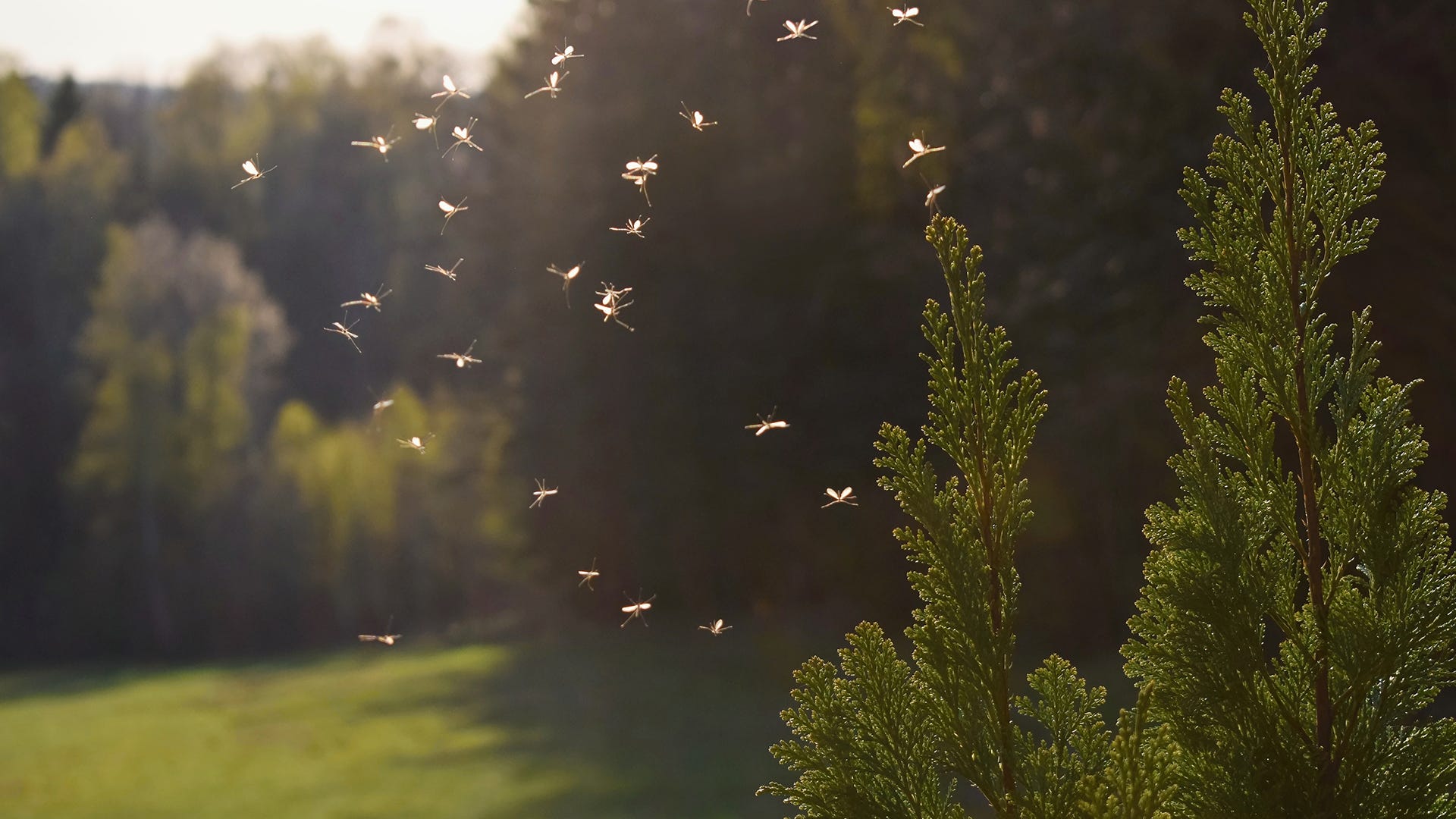Trees are usually pruned either in the early spring or in the late fall. The fall has begun and that’s why we’ve decided to talk about the importance of fall tree pruning.
First of all, we’ll highlight the benefits of fall tree pruning. After that, we’ll explain to you what trees need to be pruned in the fall. Finally, we’ll provide you with expert tips for fall tree pruning.
Table Of Contents
Benefits of Fall Tree Pruning
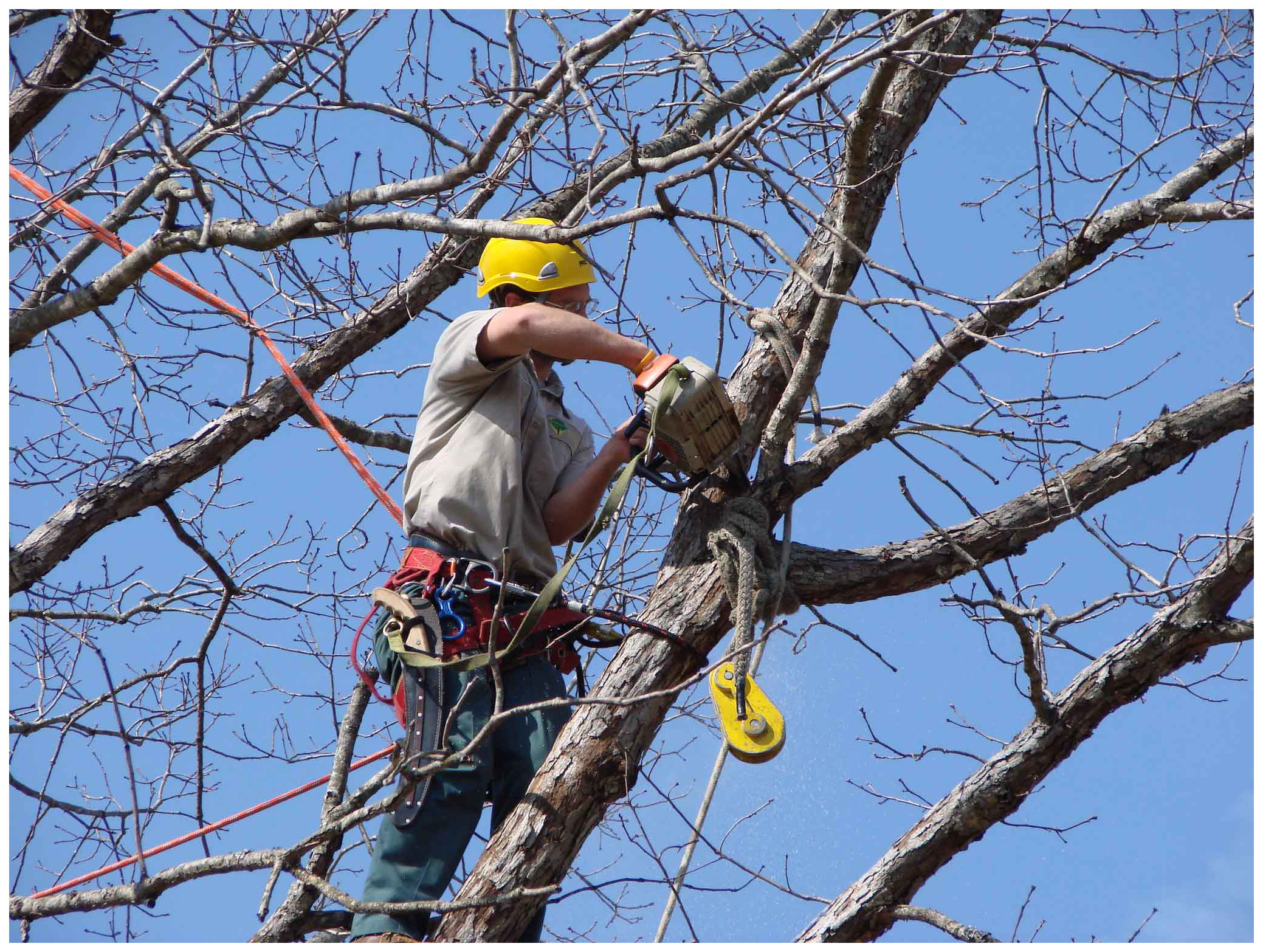 – Trees shed their leaves in the fall. This is something that makes arborist’s work much easier. When a tree doesn’t have leaves arborists can easily see an entire tree and cut its branches.
– Trees shed their leaves in the fall. This is something that makes arborist’s work much easier. When a tree doesn’t have leaves arborists can easily see an entire tree and cut its branches.
– Trees enter a dormant stage in the fall. So, pruning trees in the fall will not have a negative impact on tree’s growth.
– Fall tree pruning is about cutting dead, weak and damaged branches off a tree. Fall pruning results in tree’s healthy growth and better tree’s health.
– Fall tree pruning/trimming makes trees look better. Beautiful trees will certainly improve your home’s curb appeal.
– Fall pruning plays a huge part in pest and disease control. Fall tree pruning will help you save time and money on pest control and disease management.
What Trees Can Benefit from Fall Tree Pruning
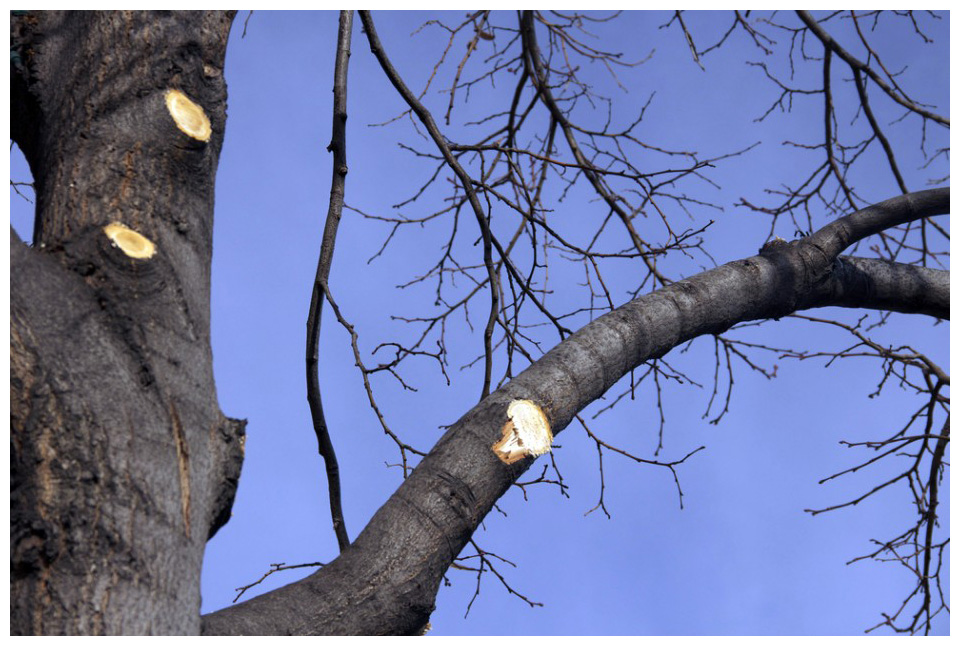 The vast majority of trees are pruned in early spring. For some trees trimming is done in the fall. Among trees that need to be pruned in the fall are: birch, cherry, maples and wisteria.
The vast majority of trees are pruned in early spring. For some trees trimming is done in the fall. Among trees that need to be pruned in the fall are: birch, cherry, maples and wisteria.
Birch rarely needs to be pruned. Birch trees may bleed badly after pruning. So, if you would like to prune a birch tree – do this in the late fall. Tree’s wounds will heal successfully after fall tree pruning.
Cherry is susceptible to various diseases. Fall tree pruning helps reduce the risk of tree pests and diseases dramatically. If pruning is done in summer tree’s energy reduces. So, summer pruning will negatively affect tree’s growth and fruit production. However, fall tree pruning doesn’t affect tree’s energy resources.
Maple may start bleeding heavily if a tree is pruned in spring or summer. However, sap is not rising in the fall. That’s the reason why it would be better to prune maple trees in the fall.
Wisteria may start bleeding up sap if a tree is pruned in the spring. It makes sense to prune Wisteria in early summer before flowering. By doing this, you’ll be able to promote flowering. Wisteria can be also pruned in the fall.
Tips for Fall Tree Pruning
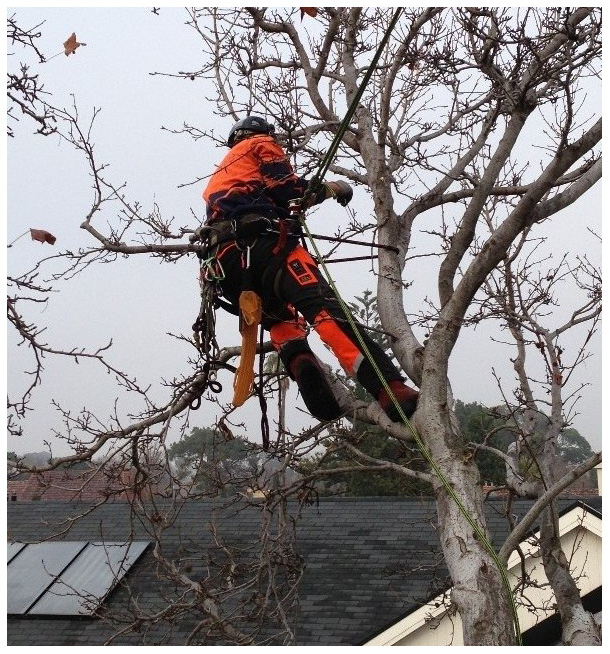 When it comes to fall pruning trees, it’s important to know when and how to prune trees. Below, you’ll be able to find a few tips for fall pruning.
When it comes to fall pruning trees, it’s important to know when and how to prune trees. Below, you’ll be able to find a few tips for fall pruning.
– In most cases, fall tree pruning is done in the middle October. It’s the time when trees have already dropped their leaves and entered a dormant stage. Pruning trees in early fall may stimulate new growth. As a result, a tree will have no time to get ready for cold winter. The cold winter can harm new growth and this will negatively affect tree’s health.
– When pruning trees you should aim to cut off weak, damaged and dead branches.
– Fall pruning decreases tree’s size by at least 10%.
Professional Pruning/Trimming Services
Tree pruning is no easy job that requires special skills, knowledge, experience and tools. That’s why attempting to prune trees on your own is not recommended. If tree pruning/trimming is something that you have never done before – ask real professionals for help!
Take advantage of fall tree pruning in Toronto! If you’re searching for trusted tree pruning services near me, contact us today. Our highly skilled and fully equipped arborists are ready to help with all your fall pruning needs.
